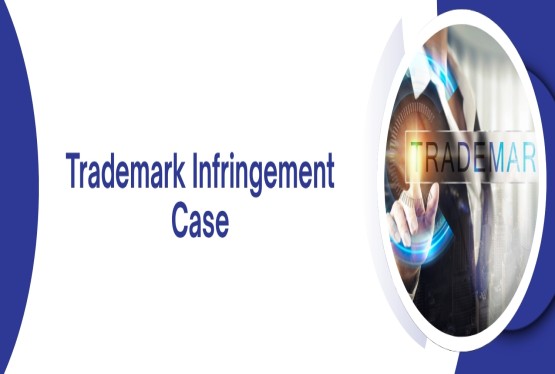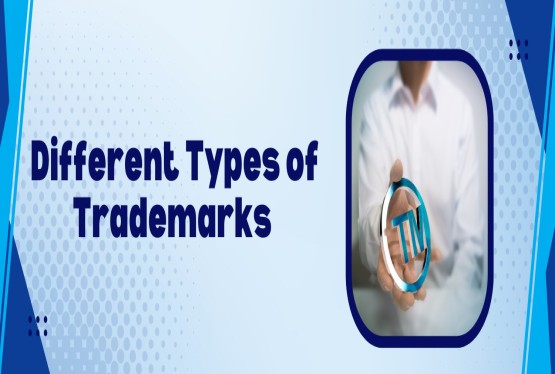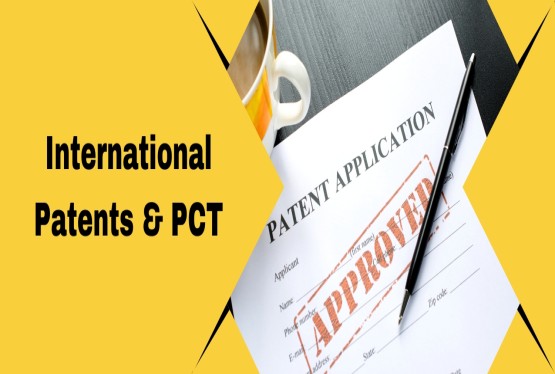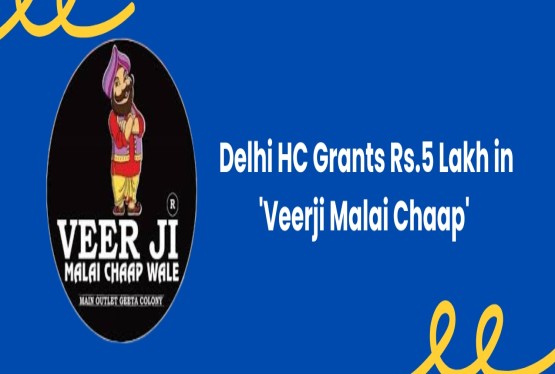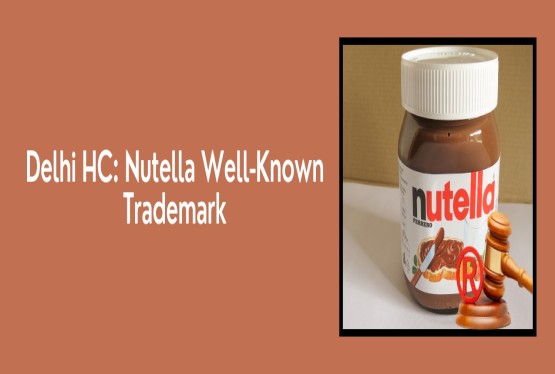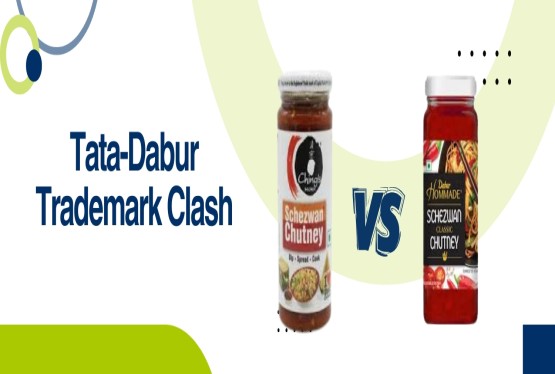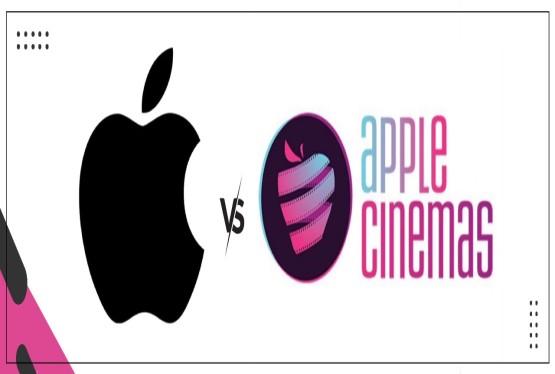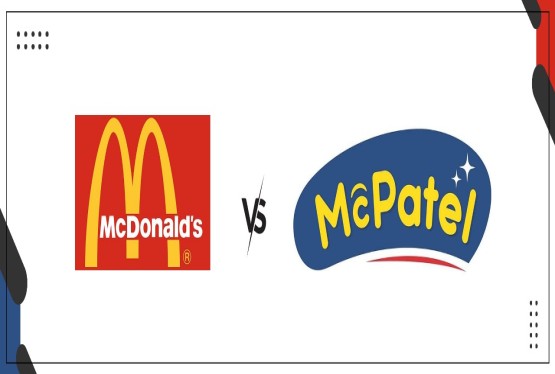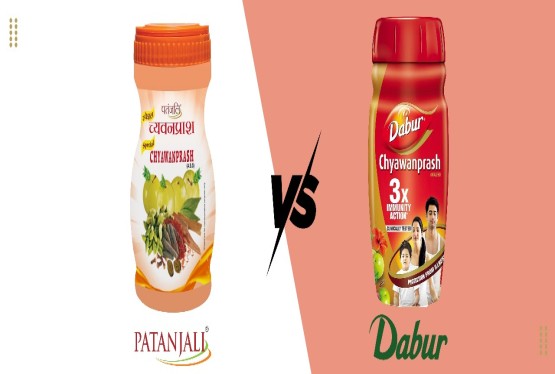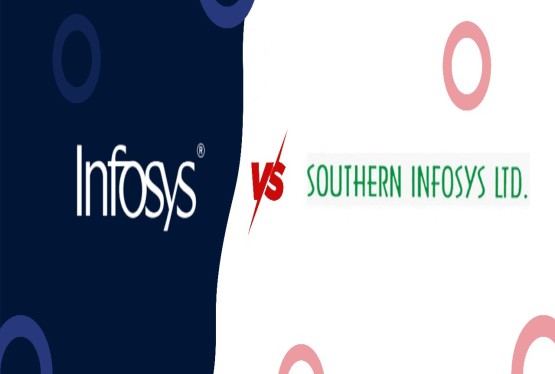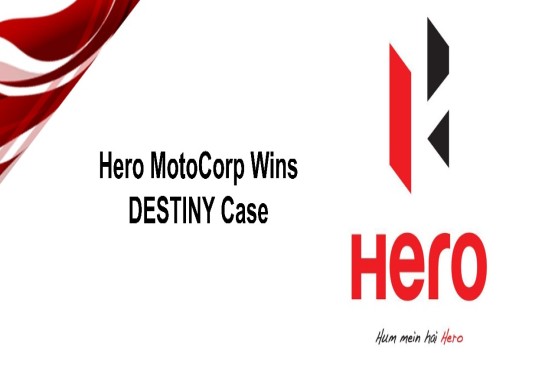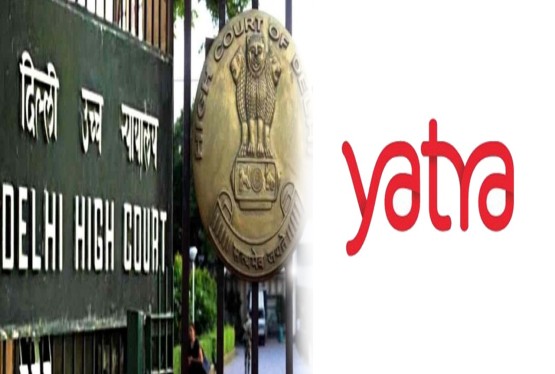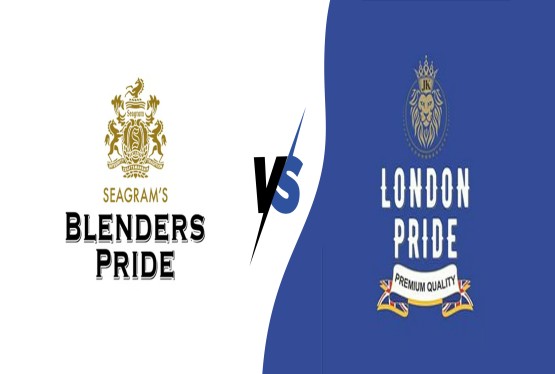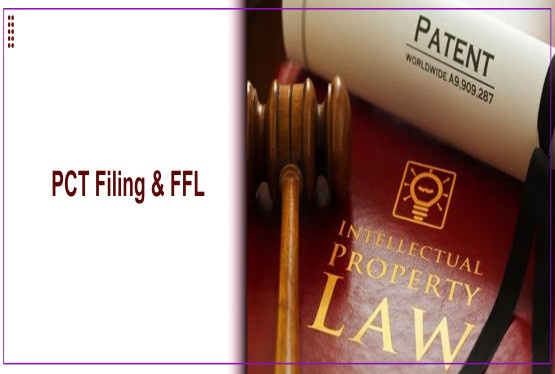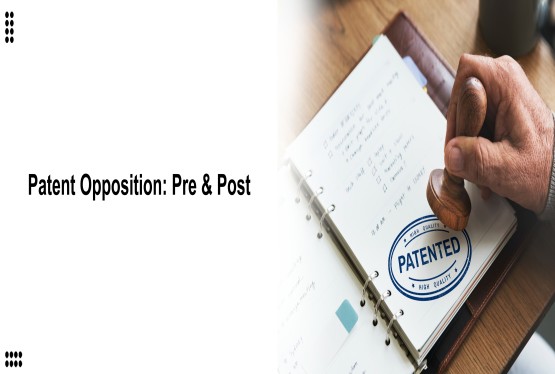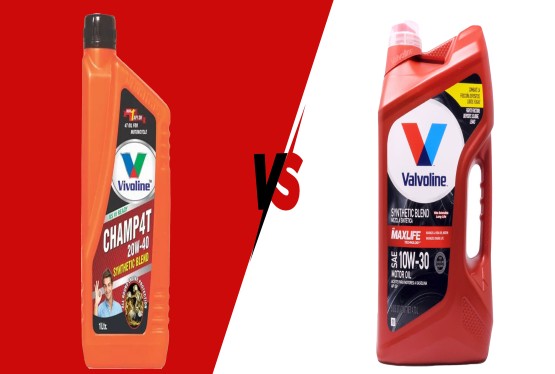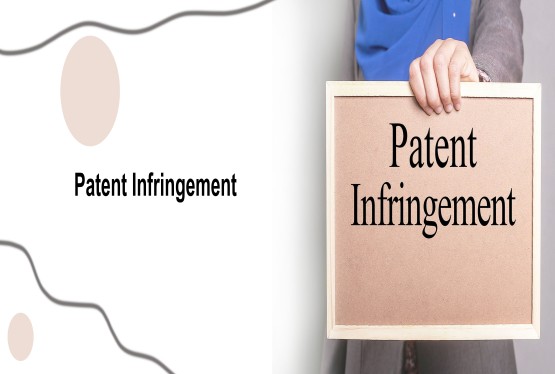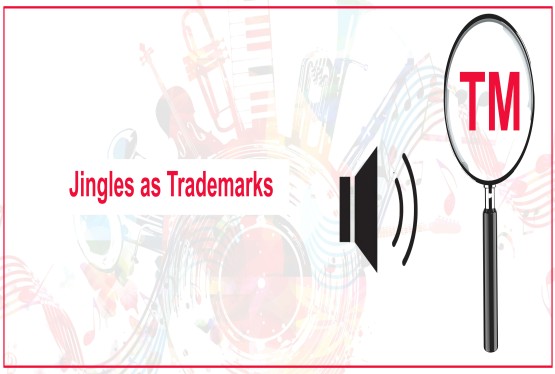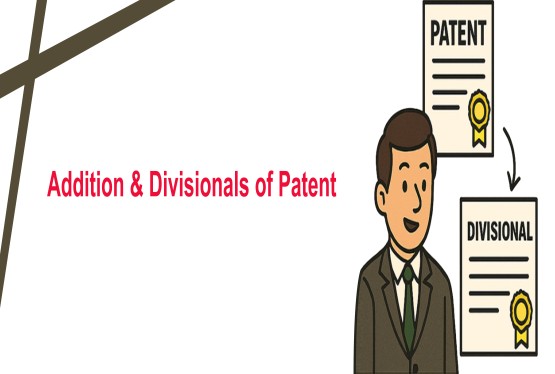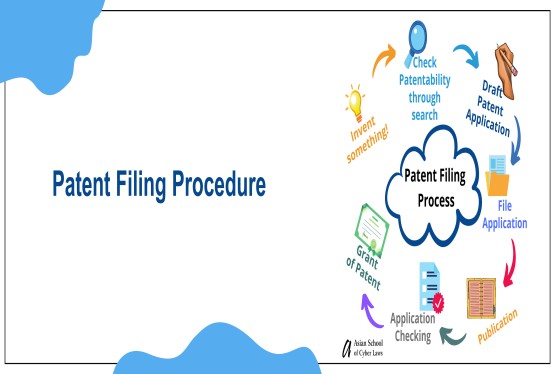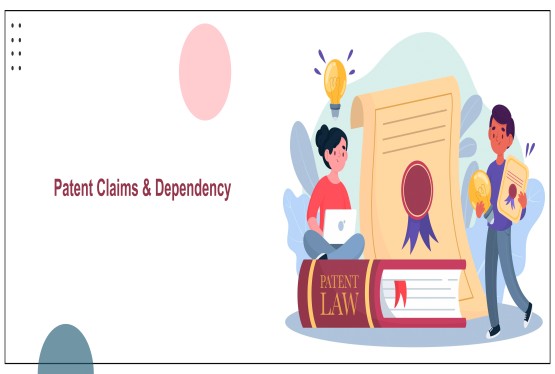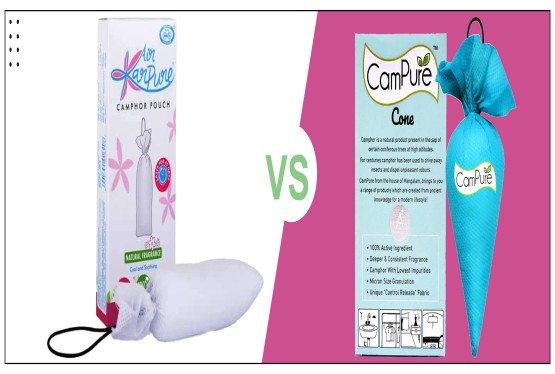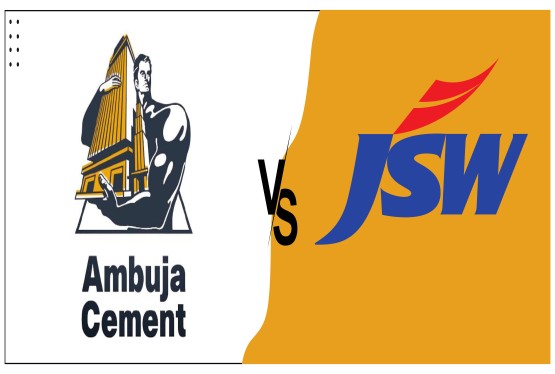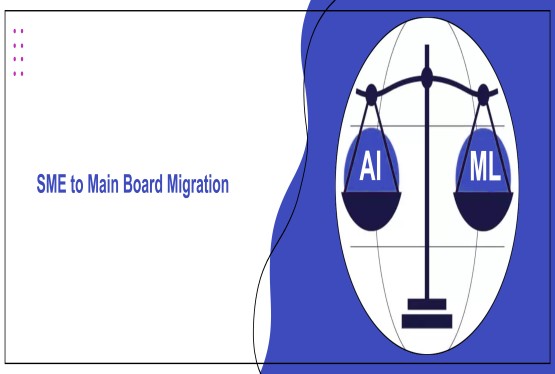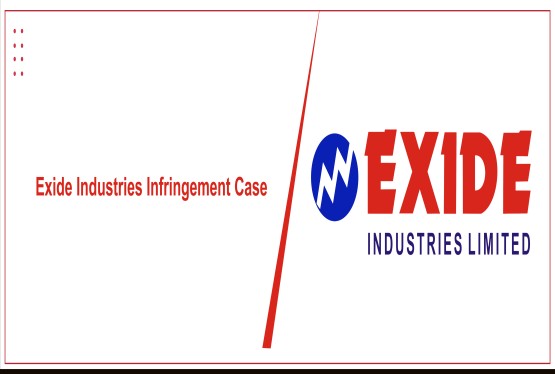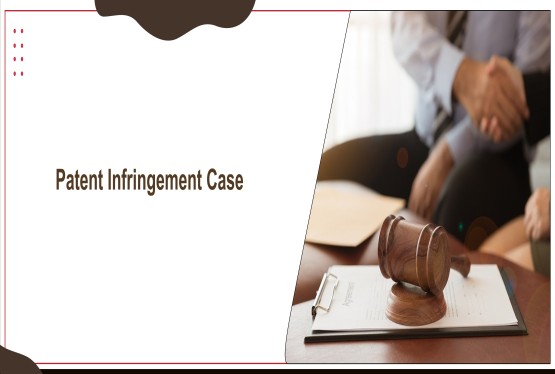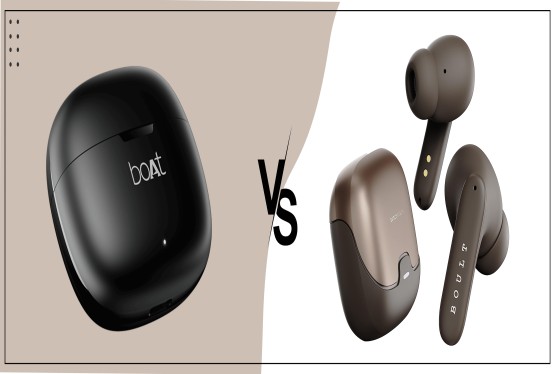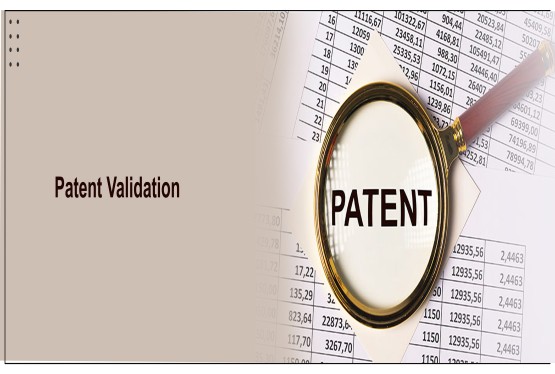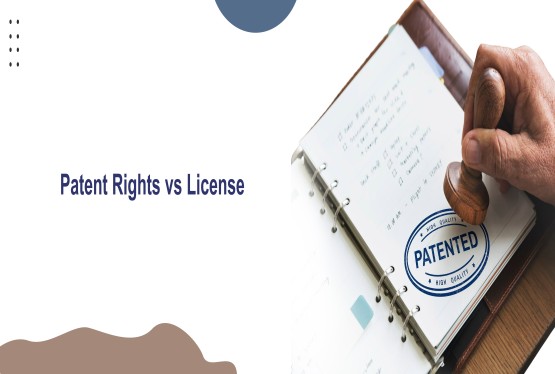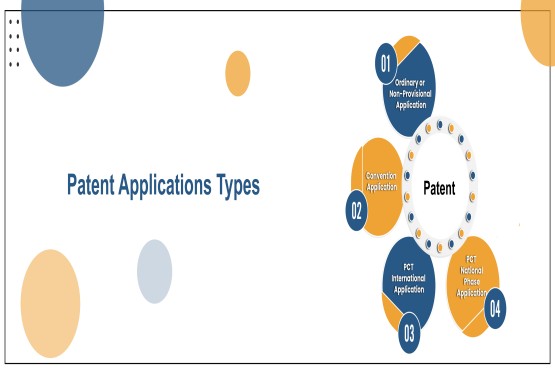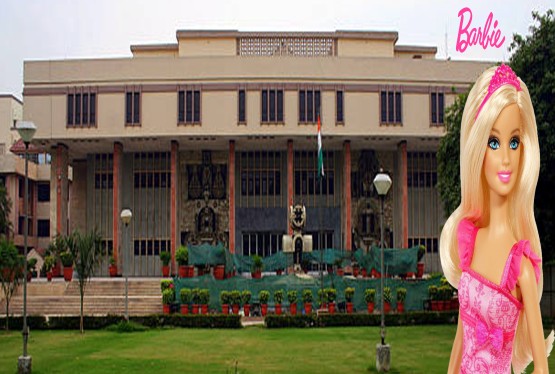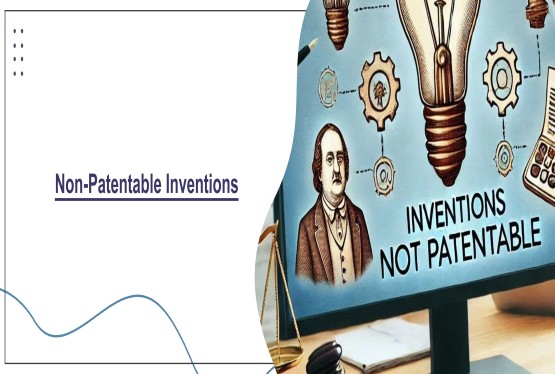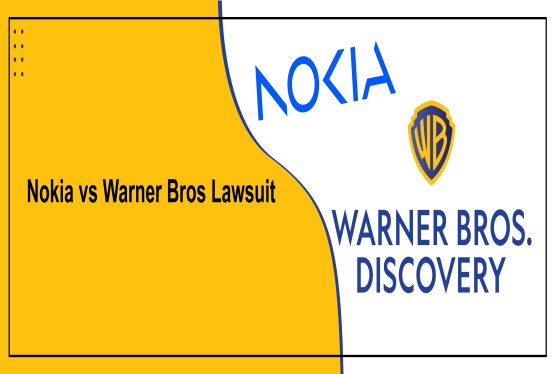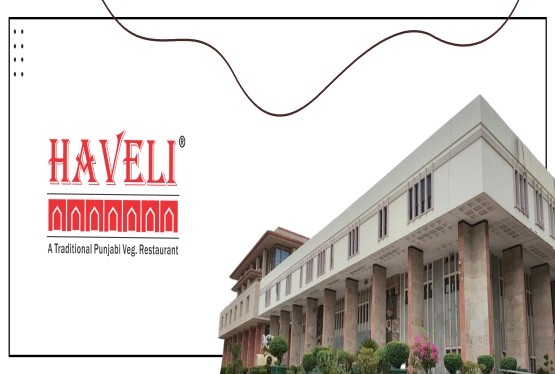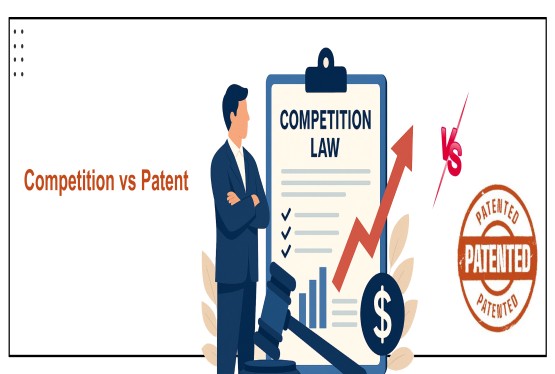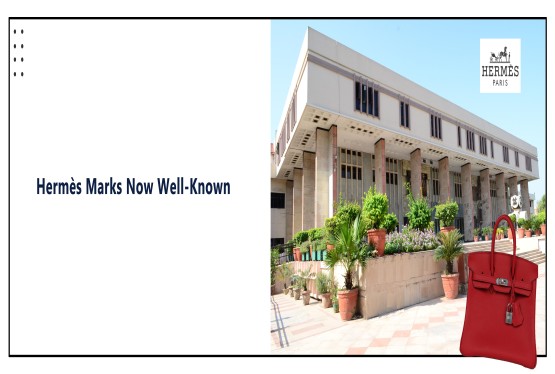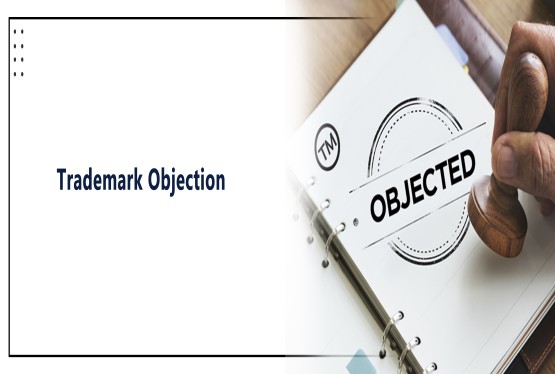In a landmark decision, the Delhi High Court’s Division Bench delivered the principles of trademark protection in India by granting an interim injunction in favour of the global sportswear brand Under Armour Inc. The case, titled Under Armour Inc. v. Anish Agarwal & Anr., centred on the alleged misuse of the marks “AERO ARMOUR” and “AERO ARMR” by a local clothing brand, raising significant concerns around deceptive similarity and brand dilution.
Background of the Dispute
Under Armour Inc., known worldwide for its premium sportswear products, holds multiple trademark registration in India for the name “UNDER ARMOUR” and other marks built around the word “ARMOUR.” The respondents, operating a fashion label drawing inspiration from military aesthetics, adopted the names “AERO ARMOUR” and “AERO ARMR” for their clothing line. Under Armour argued that these marks were misleadingly similar to its own, potentially causing confusion among consumers and diluting its brand reputation.
Single Judge’s Initial Observations
Initially, the Single Judge of the Delhi High Court declined to grant interim relief. The rationale was based on several points:
-
The term “ARMOUR” alone was not registered as an independent trademark in India.
-
The pricing and positioning of the respondent's products were different, targeting a more casual, budget-conscious segment.
-
The “anti-dissection rule” was applied, which discourages breaking down composite trademarks into parts while assessing similarity.
As per this reasoning, consumers were unlikely to associate the respondent’s products with Under Armour, and thus, no immediate injunction was warranted.
Division Bench’s Intervention and Legal Findings
Upon appeal, the Division Bench reversed the lower court’s decision, noting critical flaws in the analysis:
-
The court emphasized that while trademarks should be viewed holistically, dominant components such as “ARMOUR” cannot be dismissed when they contribute significantly to a mark’s commercial impression.
-
The anti-dissection principle was found to be misapplied, as it failed to acknowledge the recognizability and impact of the word “ARMOUR” in the context of Under Armour’s brand.
-
Importantly, both parties were operating within the same trademark classification (Class 25), which covers clothing and apparel. This increased the likelihood of consumer confusion, especially at the brand recognition stage.
Recognition of Initial Interest Confusion and Trans-Border Reputation
The Division Bench also cited the legal doctrine of initial interest confusion, where a consumer may be misled by a similar brand name during the early stages of interaction—such as browsing or advertising—even if confusion is later resolved before the purchase. Furthermore, the court acknowledged Under Armour’s trans-border reputation and its established market presence in India, reinforcing the need for stronger legal safeguards against dilution.
Outcome: Interim Injunction Granted
The Division Bench issued an interim injunction, restraining the respondents from using “AERO ARMOUR” and “AERO ARMR” in any form. The decision upholds the principle that well-known trademarks, especially those with a global footprint and consumer goodwill, deserve robust legal protection against deceptive imitation, even when competitors operate with slightly different branding styles or pricing strategies.
Conclusion
This ruling reiterates the Indian judiciary’s evolving stance on brand protection, deceptive similarity, and consumer confusion, especially in a competitive market where global brands are increasingly asserting their IP rights. The case serves as a strong precedent for companies defending their trademarks and reinforces the importance of conducting due diligence before adopting brand names that may resemble established marks.






























_(b)_of_the_Trademark_Act,_1999_(1)_crop10_thumb.jpg)



_crop10_thumb.jpg)




























_crop10_thumb.jpg)
_crop10_thumb.jpg)






_crop10_thumb.jpg)








_crop10_thumb.jpg)



_crop10_thumb.jpg)





























_crop10_thumb.jpg)

















_crop10_thumb.jpg)






_crop10_thumb.jpg)












































































































































_crop10_thumb.jpg)




































_crop10_thumb.jpg)












_crop10_thumb.jpg)













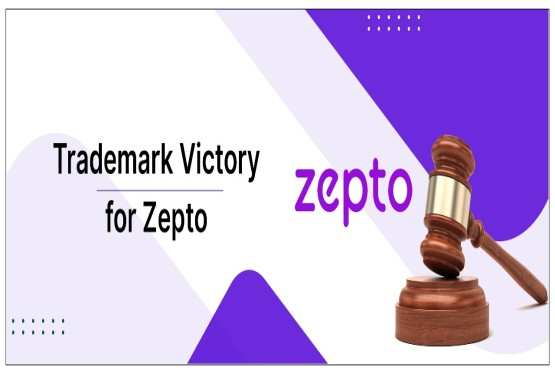




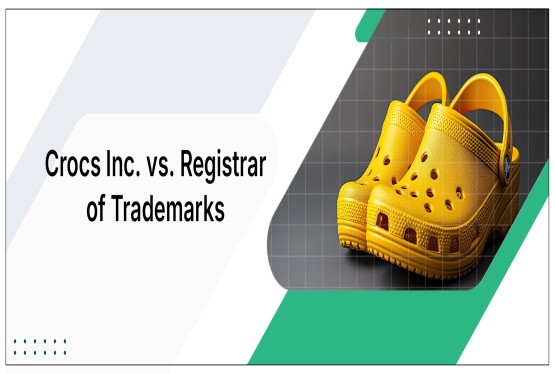




























_crop10_thumb.jpg)





